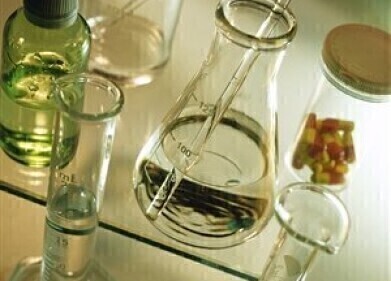Supercritical fluid (SFC), green chromatography
Can Chromatography Reveal the Secrets of Ancient Records?
Apr 20 2018
When you read a book, you are given an insight into an authors thoughts and ideas. If it is a history book, the author can tell you about life in the past. It is perhaps even better if the book was written during the period it is describing — then you are getting a first-hand account of life in the past. Hence the important attached to old books and manuscripts.
But with modern technology, analysis of ancient texts can go much deeper than just reading what an author has scribed on the parchment or papyrus. A paper published in the journal Analytical Chemistry — Method for Non-invasive Analysis of Proteins and Small Molecules from Ancient Objects — describes how chromatography can help researchers dig under the skin of ancient writers.
Metabolites and proteins
When you are working on a piece of art or writing on paper — it is not just the visible marks that you leave behind. The paper, or artwork and any media you are using — ink, paint or canvas — can absorb sweat from your body and protein particles from the atmosphere in which you are working.
And that sweat that you leave behind contains clues to how you were feeling and what substances you have ingested. Analysis of the metabolites found in sweat is used nowadays in all kinds of applications — from the performance of athletes to your drug habits to monitoring biomarkers for cystic fibrosis. So, by applying this principle to ancient artefacts — we can discover more about their authors and makers.
EVA film — picks up the biomarkers
In the research paper discussed above, Italian and Israeli scientists developed a non-destructive method that could help tell more of a story than perhaps some authors wanted to tell. The technique uses a film that they have developed that is known as EVA film. The film uses beads immobilized in a film made of ethyl vinyl acetate. The beads can capture proteins, oily molecules and charged particles from an object’s surface. The beads are immobilized in the EVA film to make sure that none get left behind — potentially damaging a priceless ancient artefact.
After placing the film on an object, it is removed, and any captured particles are then washed from the film and analysed using liquid or gas chromatography. Another technique used to prepare samples for chromatographic analysis is the use of supercritical fluids. A technique discussed in this article, A Systematic Approach to Developing Terpene Extraction Conditions Utilising Supercritical Carbon Dioxide.
Using this technique, the authors have tested paintings from sixteenth and seventeenth centuries and death registers from a plague that swept through Italy’s Lombardy region in 1630. The team have other documents they want to study and investigate other uses for the method including as a crime scene technique.
Events
May 11 2025 Vienna, Austria
May 18 2025 Tempe. AZ, USA
May 21 2025 Birmingham, UK
Jun 01 2025 Baltimore, MD, USA
Jun 15 2025 Bruges, Belgium














